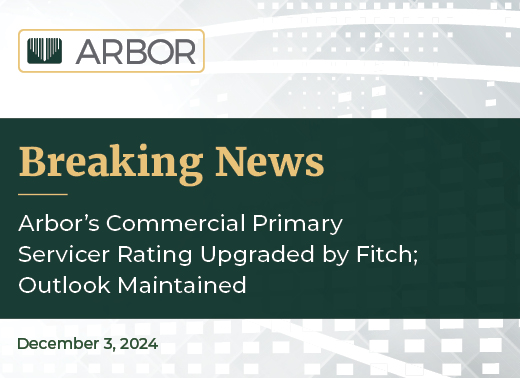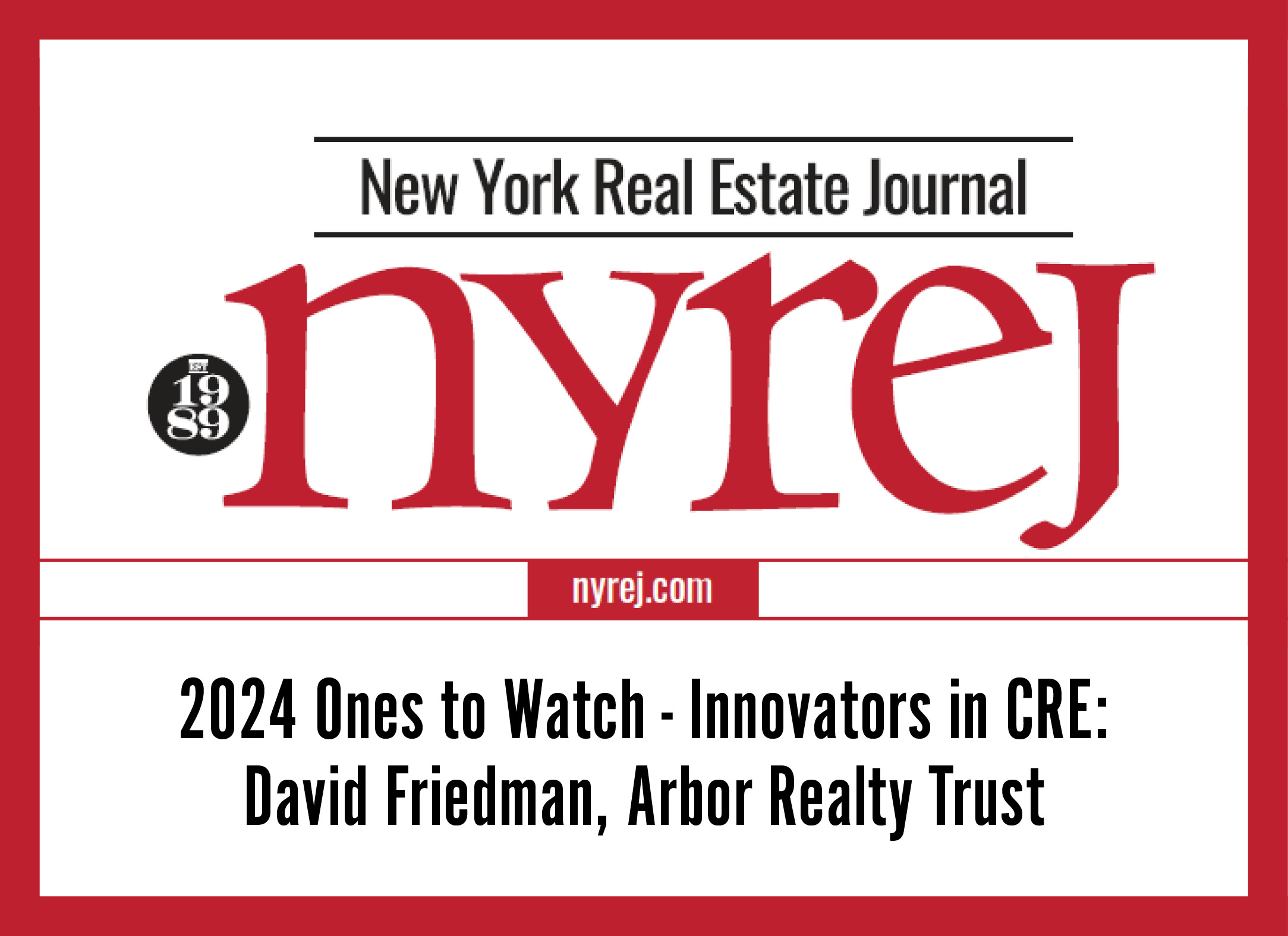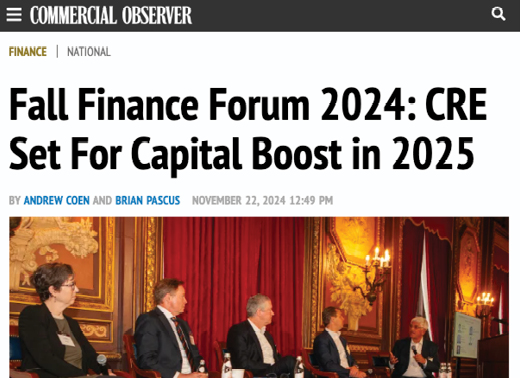Current Reports
Continually challenged by low inventory, affordable housing sits at a crossroads following the 2024 election. Incoming leadership plans to introduce market-based principles to an agenda that may also include an expanded Housing Choice Voucher program. Arbor’s Affordable Housing Trends Report Winter 2024/2025, developed in partnership with Chandan Economics, provides insight into a pivotal multifamily sector about to embark in a new direction.
Articles
The skies surrounding commercial real estate markets are clearing, suggest the Emerging Trends in Real Estate 2025 (ETRE 2025) findings. As pandemic-related structural changes settle into place, cyclical economic trends, such as interest rates, demand, and construction levels, are now the key drivers to watch.
Articles
As more single-family rental (SFR) operators rely on build-to-rent (BTR) development to supply new inventory, construction starts have steadily risen, reaching another record high in the third quarter of 2024. SFR/BTR construction has eclipsed 92,000 units in the last four quarters — an all-time high and an annual increase of 31.4%.
Articles
As renters face a national shortage of 7 million low-income rental homes, the U.S. Department of Housing and Urban Development’s (HUD) Low-Income Housing Tax Credit (LIHTC) program is pivotal in helping to close the affordability gap for renters. It is the nation’s most significant resource for affordable apartment housing construction, which gives state and local agencies approximately $10 billion in annual budget authority to issue tax credits for affordable housing development.
Articles
The Federal Housing Finance Agency (FHFA) announced a $3 billion boost to Fannie Mae and Freddie Mac’s volume cap for loan purchases in 2025 to $146 billion ($73 billion for each agency). This increase in FHFA loan caps for 2025 aligns with industry expectations, given the anticipation of improving market conditions and lending activity expected in a lower interest rate environment. Next year’s cap for the Government-Sponsored Entities (GSEs) is an increase of approximately 4% from the $140 billion limit set for 2024.
Analysis
The U.S. multifamily market held steady in a more normalized cycle through the first three quarters of 2024, following its skyrocketing recovery from the pandemic-related contraction. Rental demand remained strong, driven by the continued nationwide housing shortage and strong wage growth, while the high levels of new construction seen over the last two years appears to have peaked.
Current Reports
Small multifamily’s normalization pushed forward last quarter as the Federal Reserve made a long-awaited reduction to the target federal funds rate. Arbor’s Small Multifamily Investment Trends Report Q4 2024, developed in partnership with Chandan Economics, shows signs of stability have multiplied. Robust rental demand, a limited supply of quality affordable housing, and several other promising developments should support the subsector’s strength heading into 2025.
Analysis
The U.S. multifamily market held steady in a more normalized cycle during the third quarter of 2024. Rental demand remained strong, while new leaders emerged among the top markets for rent growth.






